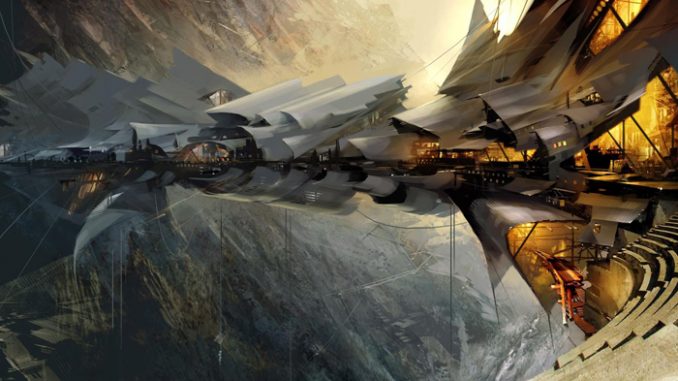
Since the Victorian era, Steampunk has attracted countless fans with its distinctive and eye-catching mechanical aesthetics and continues to continue to influence the 21st-century music, film, fashion and other cultural forms.
What is Steampunk?
In simple terms, Steampunk is a sci-fi genre that originated in the British Victorian era. Victoria here refers to an era and an aesthetic style, that is, industrialization in the 19th century. Historically, this period witnessed the rapid development of the key elements of innumerable modern societies: mechanized production, extensive urbanization, telecommunications, office life, and large-scale public transport… and steampunk is in this era. There are technology and structure to imagine a more advanced 19th century, usually accompanied by typical Victorian imagination, such as steam-powered aircraft and mechanical computers.

Where does Steampunk come from?
In a sense, Steampunk has existed since the 19th century. The Victorian era created its own style of the sci-fi genre, represented by the science fiction of Jules Verne and H. G. Wells. This first-rate faction runs through the 20th century and forms a modern science fiction story set in Victorian times. However, until the late 1980s, the term “steampunk” appeared for the first time. It was used by the American science fiction writer K. W. Jeter to describe humorously a set of story backgrounds in the Victorian period. Science fiction, But at that time, cyberpunk become the mainstream of science fiction.

What does “steam” mean?
The reference to steam in steampunk is not just the technology itself, although steam technology is an important element in the steampunk world. In the Victorian era, steam power almost completely changed all aspects of life. The steam engine makes full industrialization possible and allows the production machinery power to be used more efficiently and to a greater extent. The industrialized social changes brought about by the steam drive make possible the full development of Victoria’s science and products. Steampunk design inspiration captures these changes and makes them suitable for any cultural form it affects.

What does “punk” mean?
Ironically, Steampunk is not a kind of punk. As mentioned before, the term “steampunk” is more like an analogy of cyberpunk, rather than the reference to a punk subculture. In addition, when “punk” exists as a punk rock music form, it refers to a specific period of cultural products that emerged after World War II, which fundamentally removed the Victorian aesthetic that influenced Steampunk. However, exploring commonalities between steampunk and 20th-century punk can also find a lot of theoretical support from the 19th-century counterculture, such as Luddites and utopian socialism.

The attraction of the steampunk?
The impact of Steampunk makes it very attractive. Some were attracted by their love of the Victorian era, and others were fascinated by their unique transformation of technology: reconstructing the layout of modern functions with the machine of the nineteenth century. More people fell in love with its fashion charm. They absorbed and reorganized the 19th-century costume elements to form a new fashion style. The key feature of Steampunk is its great diversity, which also makes it suitable for almost everyone’s aesthetic needs.


Leave a Reply